Perk Up with 6 Tasteful Malaysian Drinks
Lighten your mood and rejuvenate your senses with 6 must-try Malaysian drinks!
Discover the authentic in Asian cuisine food

Flour is one of the most globally used food ingredients for countless goodies in all cultures and cuisines. Also, one of the oldest. The first millstones to grind wheat into fine powder date back to 6000BC, discovered in the ruins of ancient Rome. Interestingly, over in Asia, when the ancients began to cultivate grains, they didn’t have millstones, so they cooked them instead, hence the rice-eating tradition. It wouldn’t be until around 475BC that China would have their first millstone and flour. While Europeans made bread and cake with their flour, Asians made noodles, dumplings, mantou buns and baos. But everybody East or West made all kinds of crackers and cookies, too.
There are more flour types than ground wheat, however. And in Asian cuisines, comes many yummy uses!
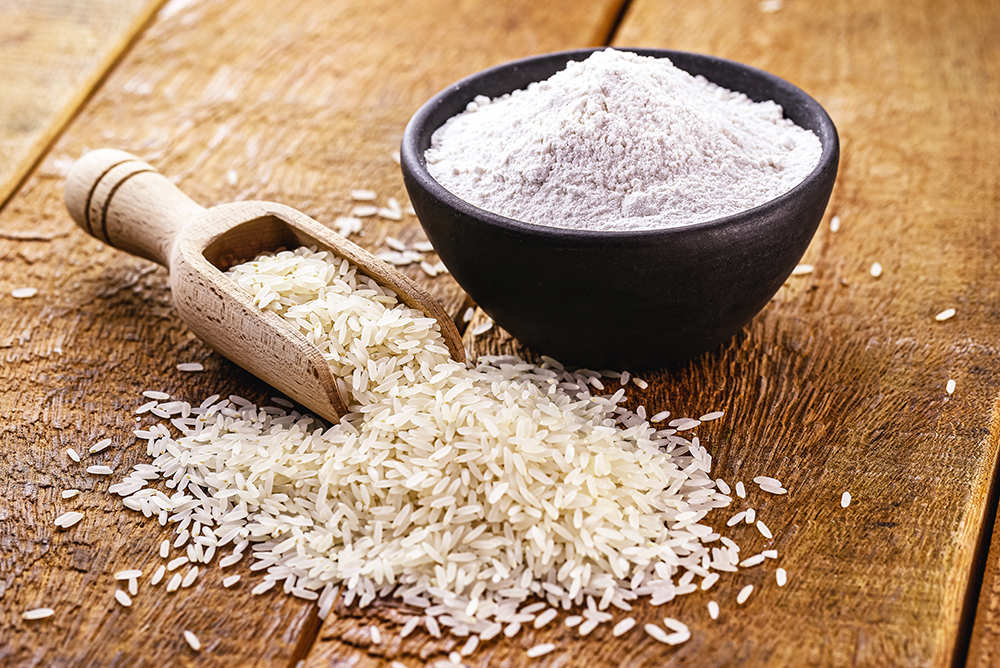
Made from finely milled brown or white rice, short grain or long grain, cooked or raw; rice flour is gluten-free and gives a soft, chewy texture when cooked. The stuff that pretty much all white-coloured Asian noodles are made of, from Chinese flat kuey teow and Pad Thai noodles to vermicelli and Pho noodles. Rice flour is also used to make varieties of steamed Asian pastries, including the fun Japanese Dango for sakura season and full moon-viewing, the sweet and slightly tangy Chinese Pak Thong Koh, and the fragrant, umami and filling Vietnamese Bahn Xeo pancake with turmeric.
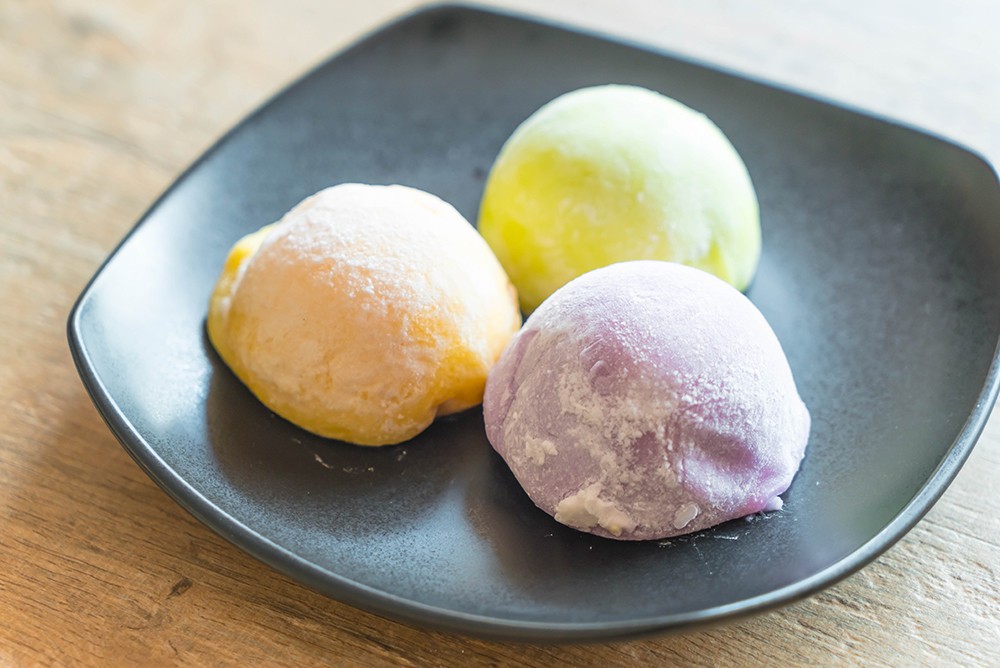
Also gluten-free and made with the same process as regular rice flour, glutinous rice flour is much stickier, chewier and ‘bouncy’ when heated. Because most traditional Asian pastries are steamed, it’s perfect for all kinds of tasty delights. Enjoy sweet colourful balls in ginger soup, irresistible mung bean crepe, fragrant and comforting Sencha Daifuku, the Chinese wedding gift cookie Wife’s Biscuits, or the chewy dumpling-like peanut rice balls. Also, try pan-fried Hwajeon cookies with edible flowers!
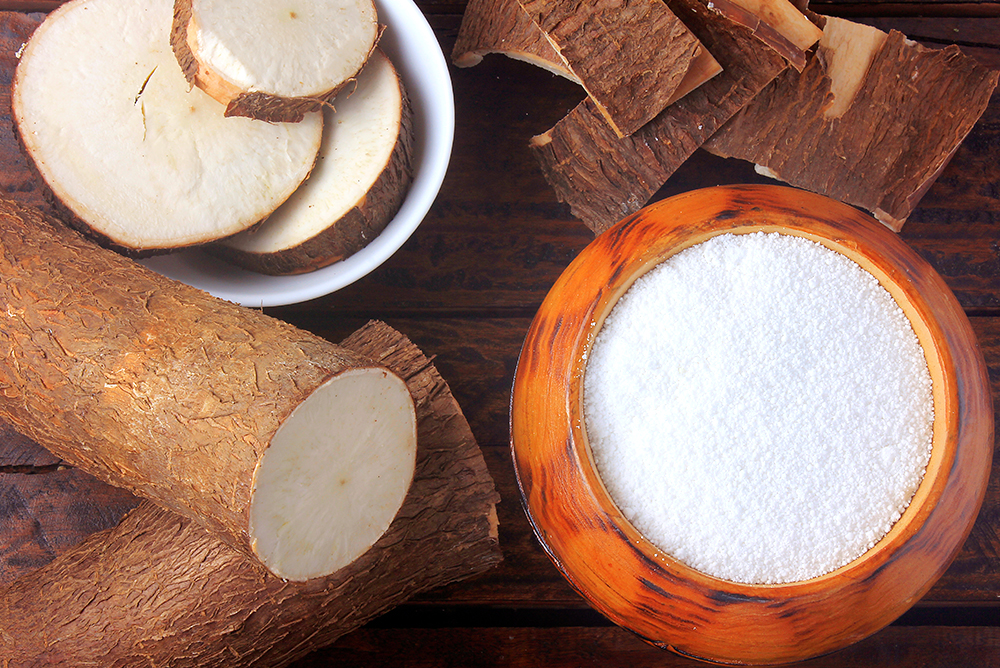
Ground from tapioca, this flour has a natural mild sweetness and turns into a thick, jelly-like texture when cooked. Probably the most world-famous goodie made with tapioca flour is the black boba pearls for bubble tea. But it’s actually a more common staple in Southeast Asian cuisines. Indulge with the sweet and creamy Thai coconut milk dessert, Thab Thim Grob; as well as the vibrant and bouncy Malaysian Kuih Lapis. When baked, tapioca flour becomes crunchy, such as the traditional Kuih Bangkit.
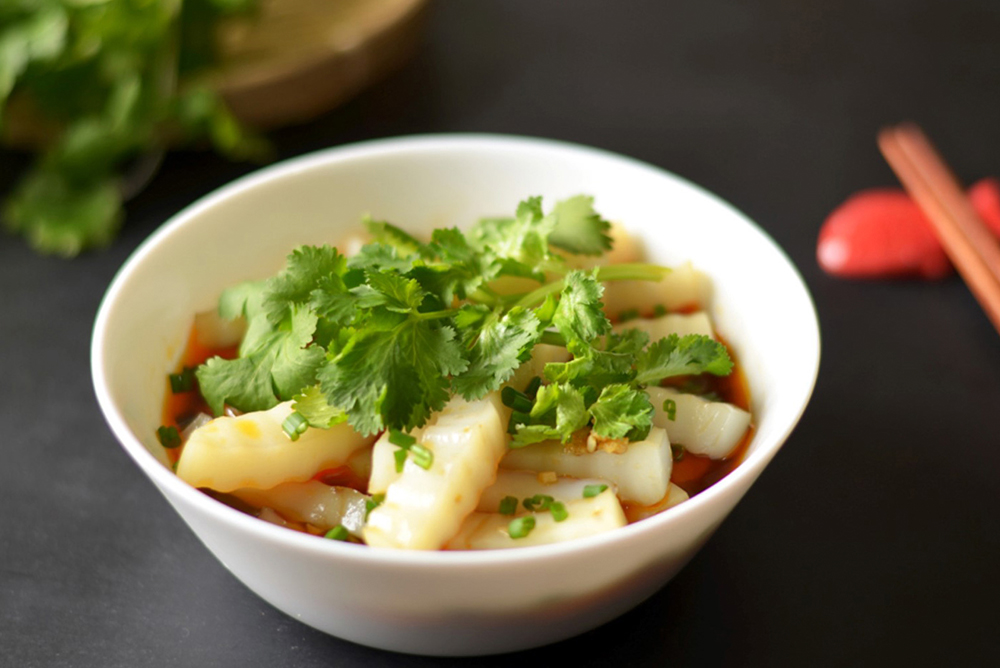
Finely ground mung beans that come in light green colour (with the skin intact) or whitish-yellow (mung beans de-skinned). Gluten-free, nutrient-rich and neutral flavoured, it’s a common healthier substitute for rice flour and wheat flour in Asian recipes. Have a fruity sweet traditional Indonesian fave steamed in banana leaf, or go modern with a chai latte cake.
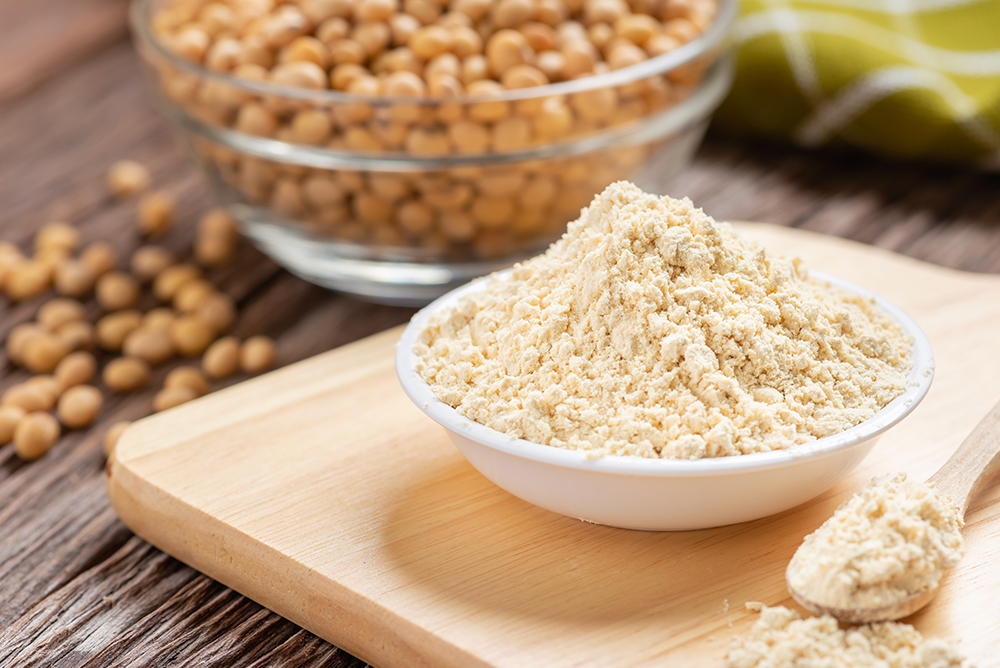
Made from finely ground soybeans, this flour is another healthy alternative to other flours. Soybean health benefits are well-proven and is a great option for vegan and vegetarians. Japanese Dango and premium wagashi sweets have the most uses for soybean flour called Kinako, which is made from roasted beans.
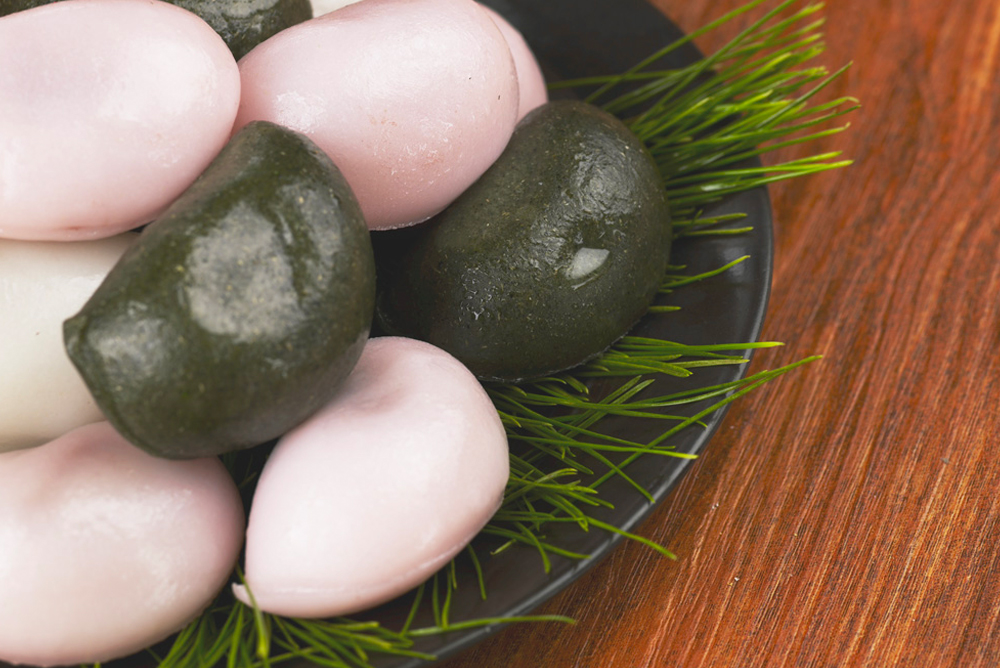
Mugwort is regarded as a healing herb in Korea called Ssuk and is used in cooking as well as traditional medicine. It’s also ground into a fine powder for tasty Korean desserts. Have the cutest Korean Gyeongdan with cinnamon and the sweet-savoury Songpyeon!
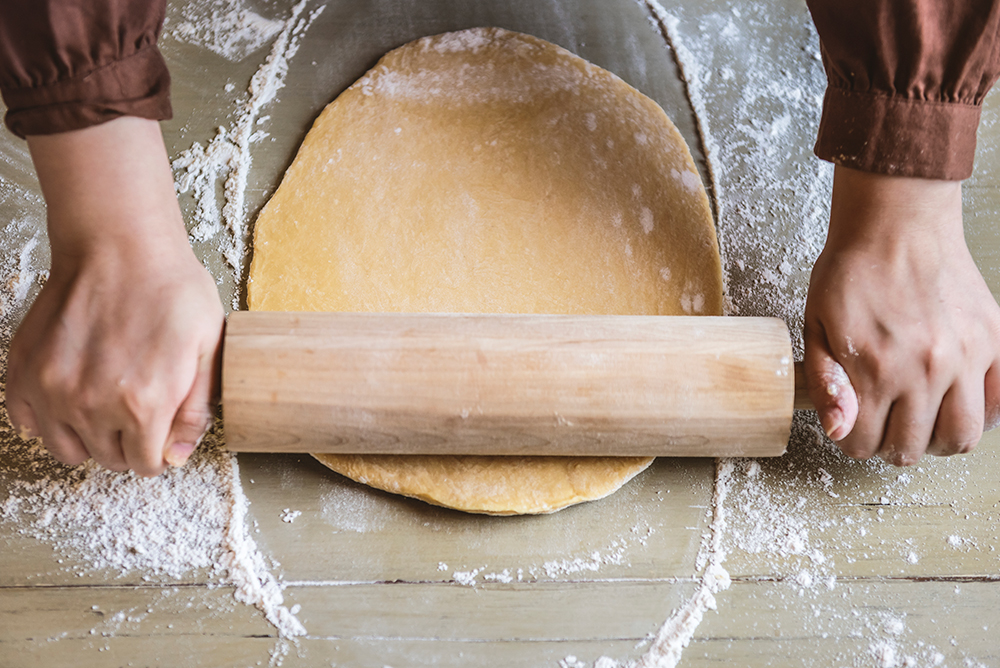
The All-Purpose flour or plain flour, is, of course, the most common type made from wheat. In Asian cuisines, it’s used from the deep-fried batter, thin-skinned meat pies and crispy peanut pancakes, to curry puffs, sweet potato doughnuts, spring roll skin, and soft coconut crepes!
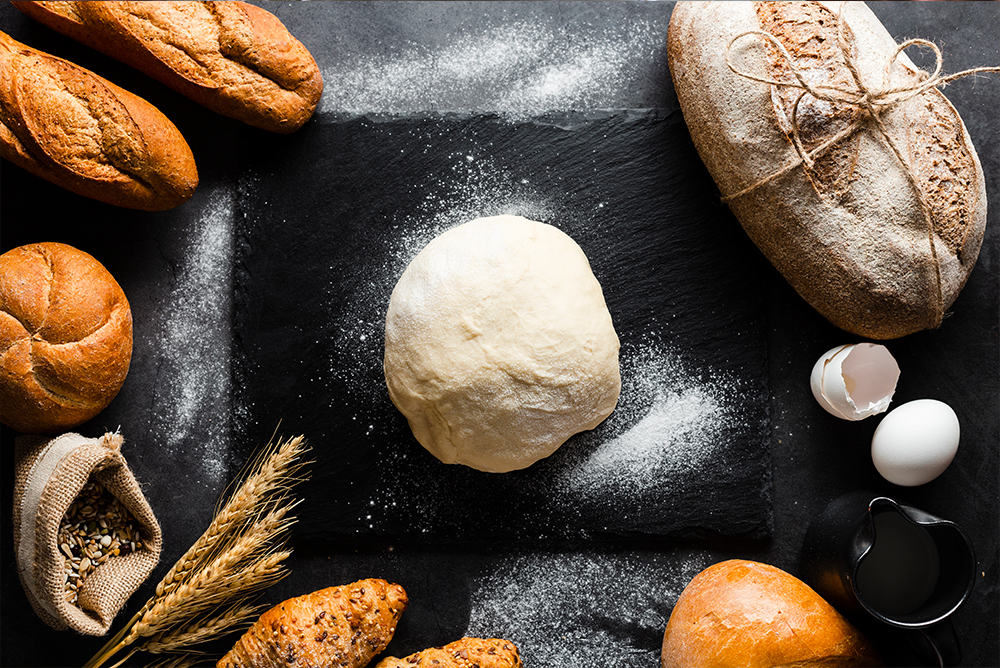
As their names suggest, bread flour makes stretchy and chewy dough best for bread-making; with a higher protein and gluten content than plain flour. Cake flour is for cakes, of course, and has less gluten to give a lighter, fluffier texture. Enjoy a milky Hokkaido special bread or this fave Melon bun for tea. With cake flour, make and savour the fun Malaysian Malaysian Kuih Bahulu, satisfying Indonesian Kek Lapis, the extra creamy and fluffy Japanese cheesecake, aromatic Matcha sponge cake, or the Hongkong-style waffle with peanut butter. Add yam to the mix, and you can also make the umami spiral mooncake and a tasty crepe cake!
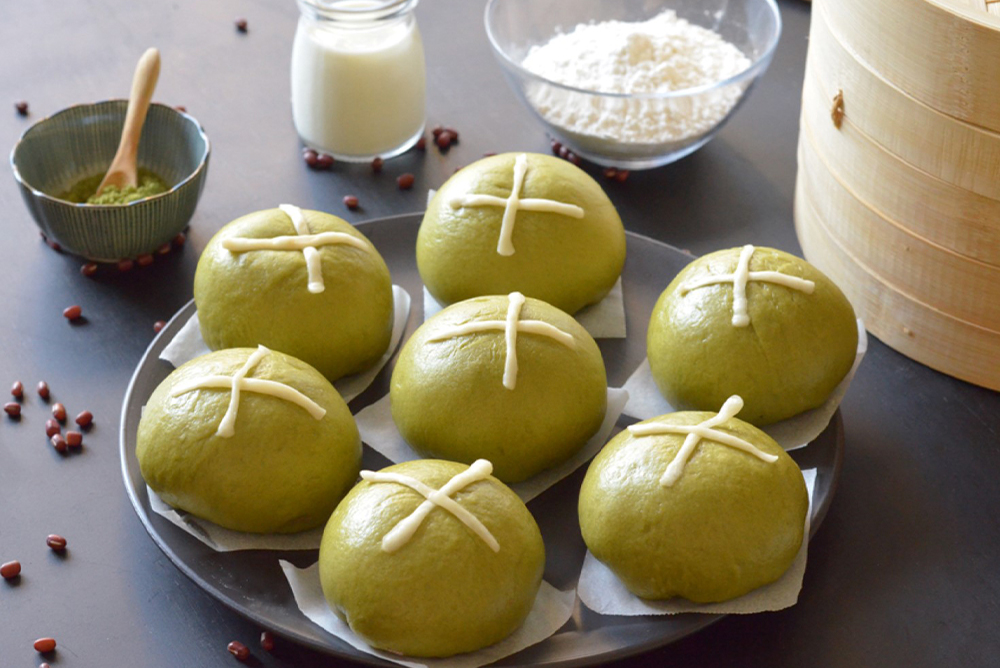
While all-purpose flour is good enough to make bao and mantou buns, there is indeed, a specialized bao flour for these filling pastries; which goes through an extra bleaching process in its making. With a medium protein content like plain flour, and much less gluten, bao flour dough is most ideal for steaming; and gives a ‘goldilocks’ effect between bread and cake flour – firm yet fluffy. Try it in this soft Matcha bao, or have a classic mantou bun with a sweet potato twist.

They may look the same, but starch and flour are actually very different ingredients. As mentioned, flours are ground beans, grains or root tubers like tapioca; but starch is a simple form of carb extracted from its base ingredient. So yes, the following three entries are kind of a cheat for this list. Nonetheless, good to know the difference so you don’t mix them up. Potato starch goes through a meticulous process to make, and as with all starch, it’s more for thickening sauces, not a bakery. Still good for steamed desserts though, like the wholesome Thai pumpkin cake. Koreans use potato starch to make noodles. Also great for frying batters.
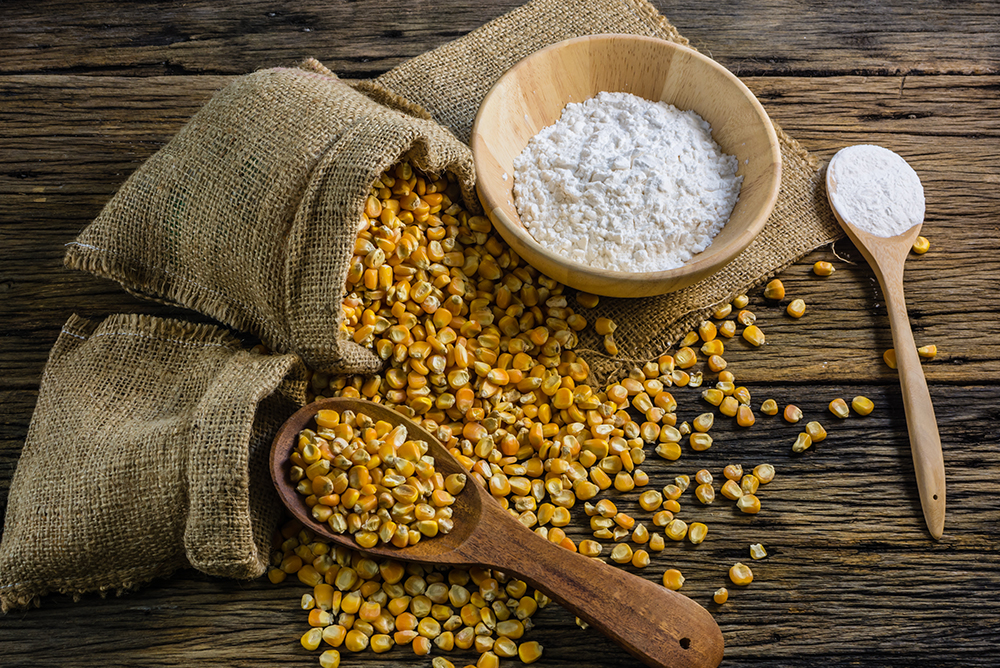
Cornstarch is the most common sauce thickener in Asian cuisines, distilled, extracted and powdered from corn. On the micro-level, it’s made of long starch molecule chains that unravel and swell when heated with moisture – which encourages the thickening. Besides that, cornstarch also makes crispy deep-fried batter, and fried tofu coating; binds the meaty filling for Chinese pastries, and makes creamy chicken soup. Also, try it baked in yummy pineapple tarts!

It’s a bit tricky to call agar-agar flour or starch, but rather, it’s vegetable gelatin. Made from red algae from the sea, ground into a powder that turns into a firm yet bouncy when heated. Although of Japanese origin, it’s practically synonymous with jelly in Southeast Asia, especially in Malaysia and Singapore. Indulge with this lovely aloe-vera raindrop cake, a sweet and fruity mango delight, or this Thai street dessert fave. Add some chewy bits to your refreshing pandan drink, or savour a truly Malaysian special layered cake!

Lighten your mood and rejuvenate your senses with 6 must-try Malaysian drinks!

Pair your hearty barbecues with these refreshing Asian delights!

What are the properties of ginger, and how to pick, store and use ginger in your cooking? Find out here!